In this article we will get to know the painting Mameluca, by Albert Eckhout and its relationship with the Brazilian imagination.
By - Rute Ferreira

Image: Albert Eckhout, Mameluca, 1641, National Museum of Denmark.
Albert Eckhout

Guavas, bananas and other fruits, by Albert Eckhout.
When the colonization of Brazil began, in addition to the Portuguese, the Dutch also dominated a part of the region. And in the Dutch delegation led by Maurice of Nassau came artists, who were enchanted with the fauna and flora of the place – the landscape often described as exuberant really was (and often still is).
One of these artists was Albert Eckhout.
Eckhout was born in around 1610 in Groningen and came to Brazil in 1637, with the purpose of visually registering the lands just discovered.
In fact, Eckhout was basically a visual chronicler. Eckhout’s work has a documentary quality, by portraying the people and places of a land that was then entirely new.
The Brazilian Flora

Flora Rembrandt
Although all the work of Eckhout is worth mentioning here, today I want to show you only this Brazilian Flora.
Not the lush flora that caught the eye of so many painters and naturalists, but Flora, the mythological character so often depicted in painting as the goddess who makes everything flourish.
The first time I saw this painting she immediately reminded me of Rembrandt’s Flora.
But the work of Eckhout may have moved me a little more, because it is a character inspired by the Brazilian imagination.





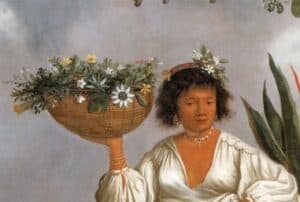 Do you see the fruits above the girl’s head? They are cashews, a very common fruit in Brazil, known for its sweetness and softness.
Do you see the fruits above the girl’s head? They are cashews, a very common fruit in Brazil, known for its sweetness and softness.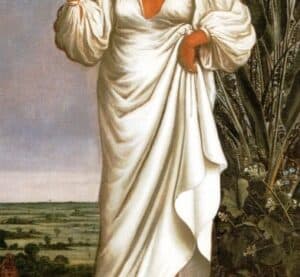 By playing with light and shadow, Eckhout also creates a beautifully layered effect on the girl’s clothes, which look more like a tunic worn in antiquity.
By playing with light and shadow, Eckhout also creates a beautifully layered effect on the girl’s clothes, which look more like a tunic worn in antiquity.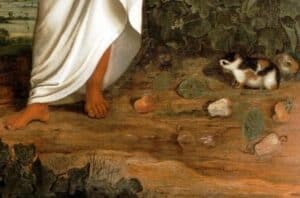


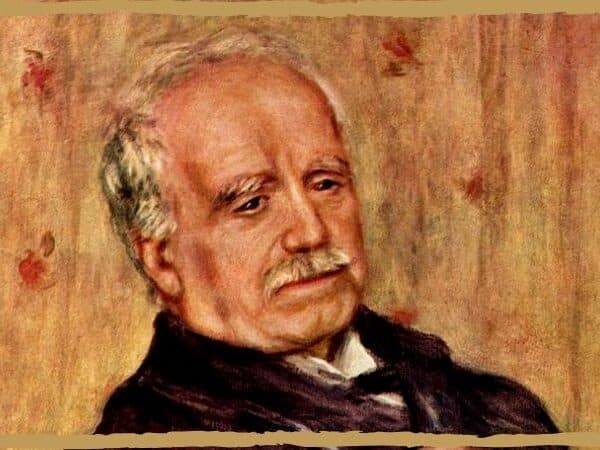



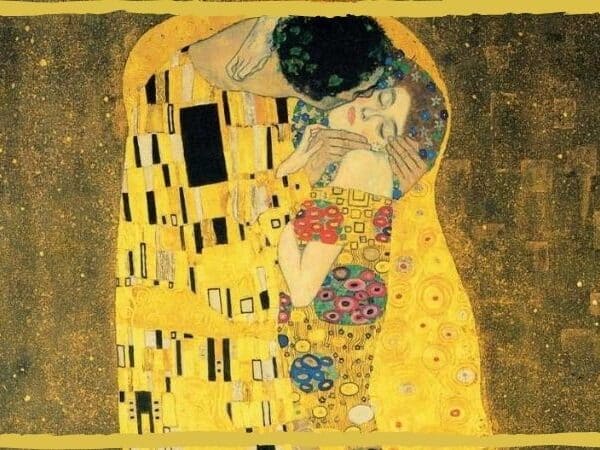
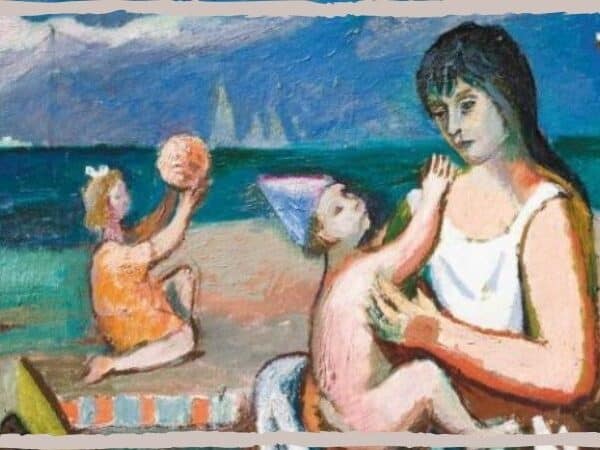

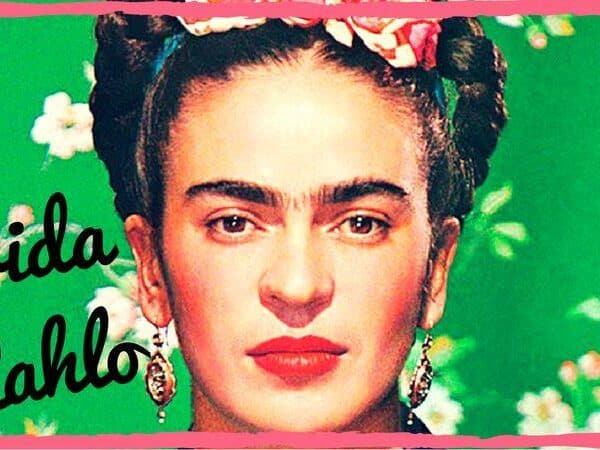
6 Comments.
fantastic points altogether, you simply gained a new reader. What would you suggest in regards to your post that you made some days ago? Any positive?
It¦s actually a cool and useful piece of information. I¦m glad that you just shared this useful info with us. Please keep us informed like this. Thank you for sharing.
You completed certain nice points there. I did a search on the matter and found mainly persons will agree with your blog.
I would like to start a free WordPress blog on the WordPress site (not my own domain) but I don’t like the themes they provide. Can I use a downloaded theme on there? I have seen some WordPress hosted blogs with different themes, so it looks like it’s possible..
I really like your writing style, fantastic information, thank you for posting :D. “You can complain because roses have thorns, or you can rejoice because thorns have roses.” by Ziggy.
Really informative blog article.Really thank you! Fantastic.